-

EW-801 лобный термометр
EW-801 термометра лба использует импортный инфракрасный тепловой зонд, точное измерение температуры в течение 1 секунды, принимая во режимы измерения температуры счет несколько. EW-801 термометр лба отвечает требованиям различных сценариев, просматривать 32 наборов значений памяти в любой момент времени, проста и удобна в использовании, а также точного и стабильного медицинского раствора.
Подробнее -
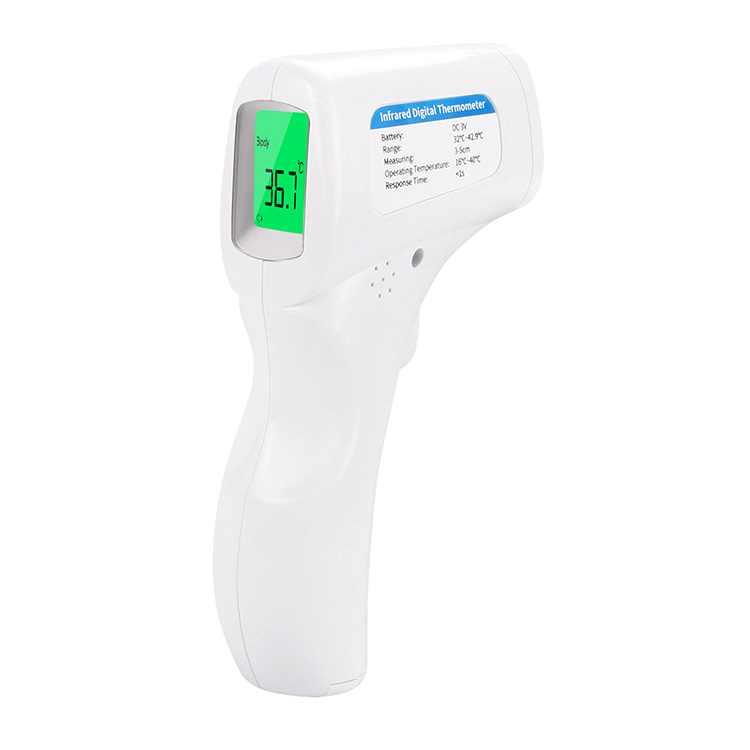
EW-801 Простой лобный термометр
EW-801S лоб термометр принимает импортный инфракрасный тепловой зонд в центре его конструкции. Эта схема позволяет для точного измерения температуры, реагирующей на в течение 1 секунды. EW-801S лоб термометр откалиброван с режимами тела и температуры поверхности; простой и надежный, лишенный дополнительных кнопки.
Подробнее -
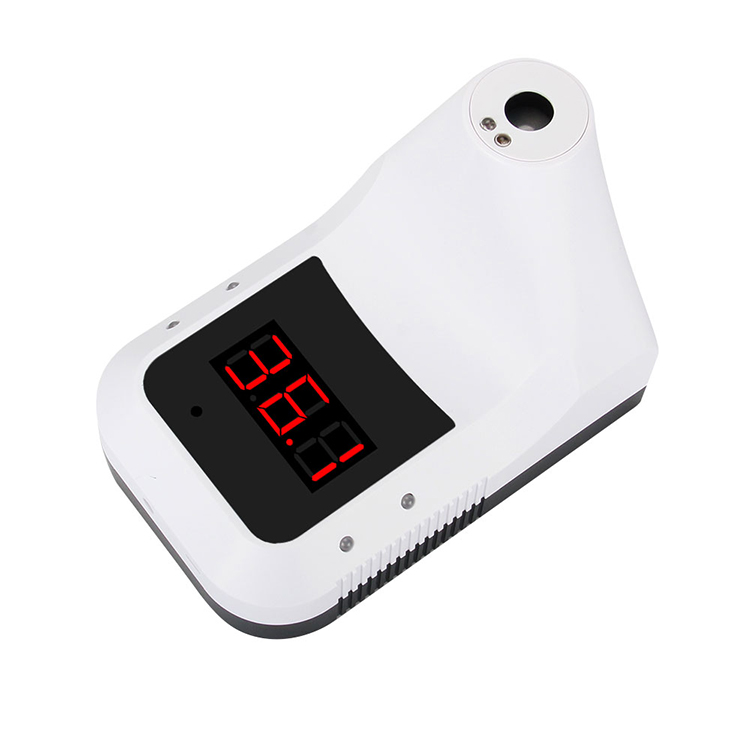
K3 Настенный термометр
К3 бесконтактные цифровой дисплей с высокой точностью интеллектуальный термометром, простой в использование, автоматическое обнаружение в пределах диапазона. Может быть установлена на стену или треноги и там, где это необходимо. Идеальное решение, чтобы избежать перекрестного заражения. К3 бесконтактные цифровой дисплей с высокой точностью интеллектуального термометра депрограммирование с визуальным и звуковой сигнализацией при приглашении аномальных температур обнаружены.
Подробнее -
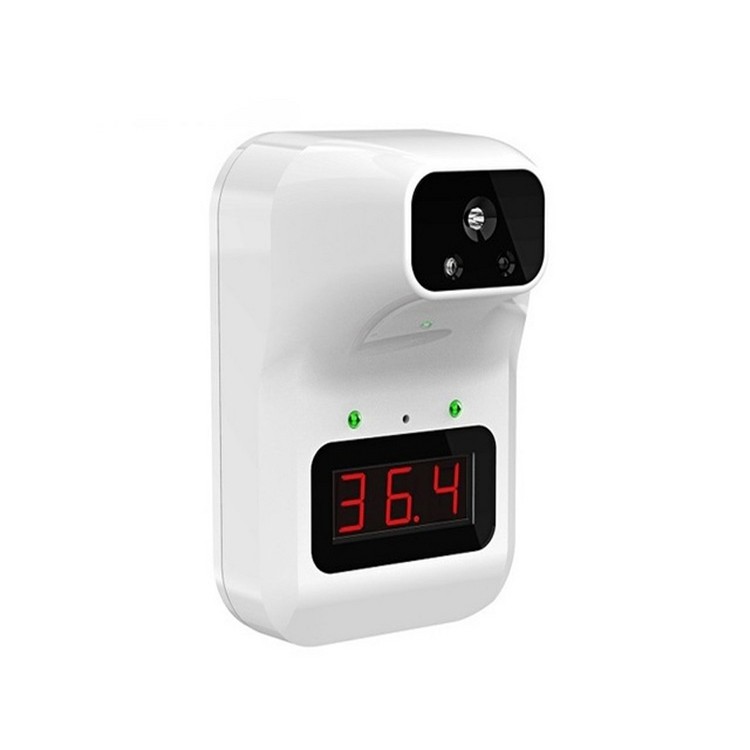
K3-Plus Настенный термометр
К3 плюс инфракрасный термометр, с компактным по размеру, а также оснащен медицинским датчиком Фермопилах. K3 Plus Инфракрасный термометр предназначен со скоростью быстрого тестирования, стабильной производительностью и простотой использования в виде. Три режима доступен через сопровождаемое программное обеспечение, стоградусно и выбор Фаренгейта доступен со своей собственной специальной кнопкой, сигнал высокой температуры настраивается с помощью программного обеспечения, а также.
Подробнее -
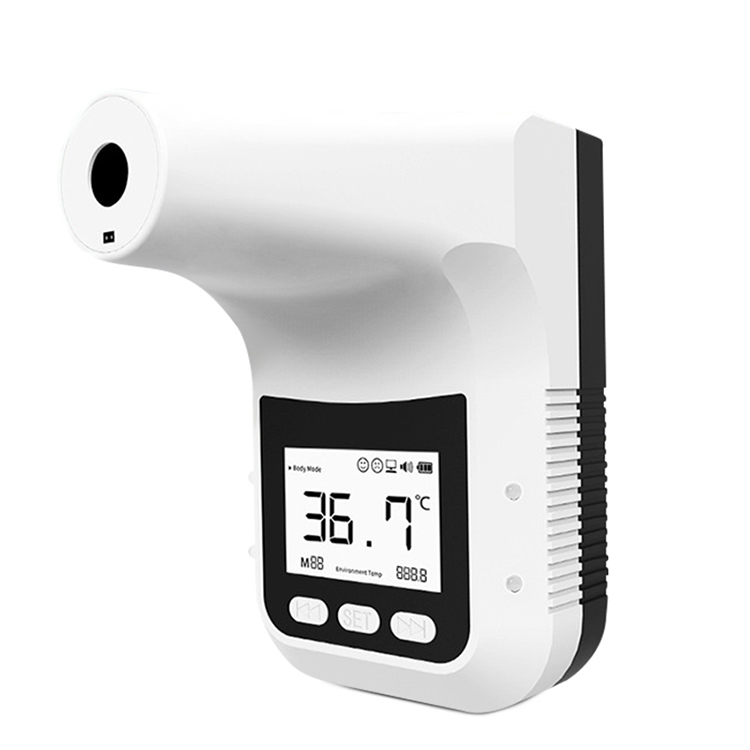
K3-Pro Настенный термометр
K3Pro бесконтактный высокоточный многофункциональный интеллектуальные термометр, используя ЖК-экран высокого разрешения с подсветкой дизайн, K3Pro термометр принимает решение измерения медицинской температуры, и в то же время, с высокой точностью Фермопилах датчика данных, он может точно и стабильно измерение температуры. K3Pro может использовать функциональные кнопки, Запрос последних 30 групп измерений данных, а также установить температурный порог сигнализации. K3 Pro может быть приведен в Type-C USB или 4-х батареек типа АА и могут быть установлены везде, где это необходимо.
Подробнее -
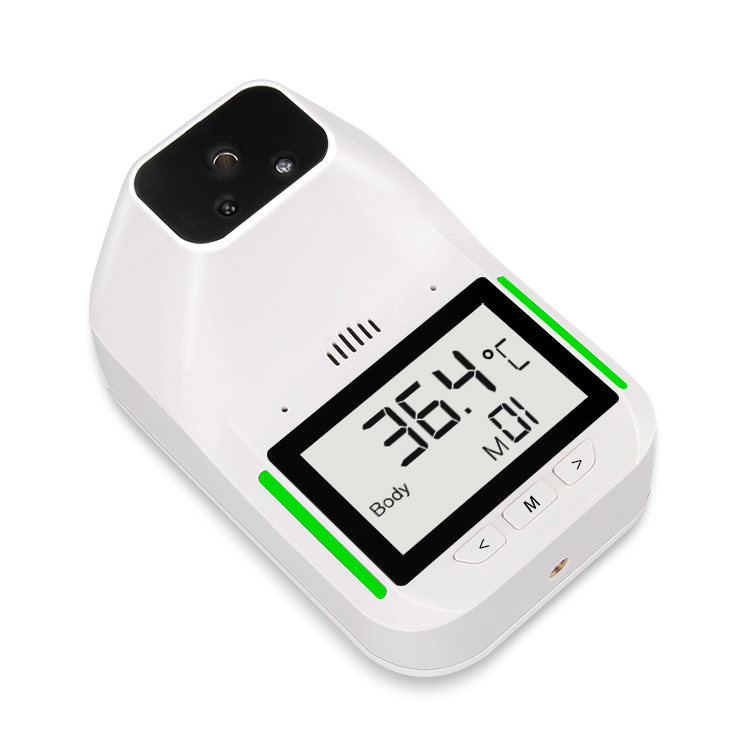
HK3 Настенный термометр
HK3 инфракрасный термометр принимает высокоточный инфракрасный датчик зонда, который имеет характеристики стабильной и точного измерения и быстрого реагирования. В то же время, HK3 инфракрасный термометр принимает новую конструкцию защиты окружающей среды, чтобы уменьшить объем продукции и облегчить транспортировку лучше. Он оснащен ненормальное температуры подсказок, голосовые подсказки, и другие функции, и могут запрашивать 32 наборов тестовых данных температуры. HK3 инфракрасный термометр имеет компактную конструкцию и полный набор функций, который очень подходит для любой ситуации.
Подробнее -
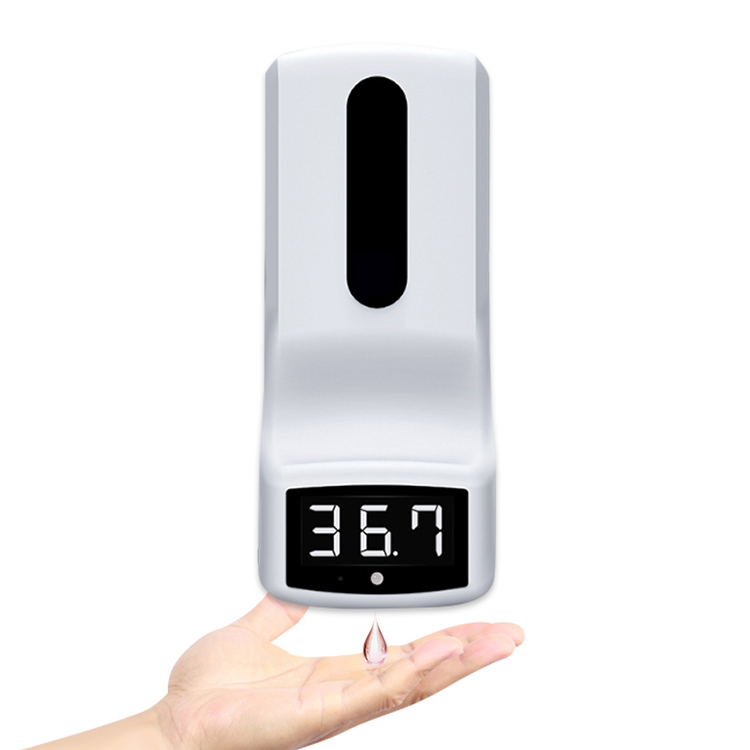
K9 Мытье рук и измерение температуры
K9 настенное измерение температуры и промывание мозгов машина принимают инновационный дизайн, который сочетает в себе функцию измерения температуры и дезинфекции рук. Когда рука находится в пределах расстояния измерения, она будет автоматически измерять температуру и быстро выполнять дезинфицирующее средство для дезинфекции. Он предоставляет комплексные услуги по профилактике эпидемии и является идеальным антивирусным продуктом.
Подробнее -
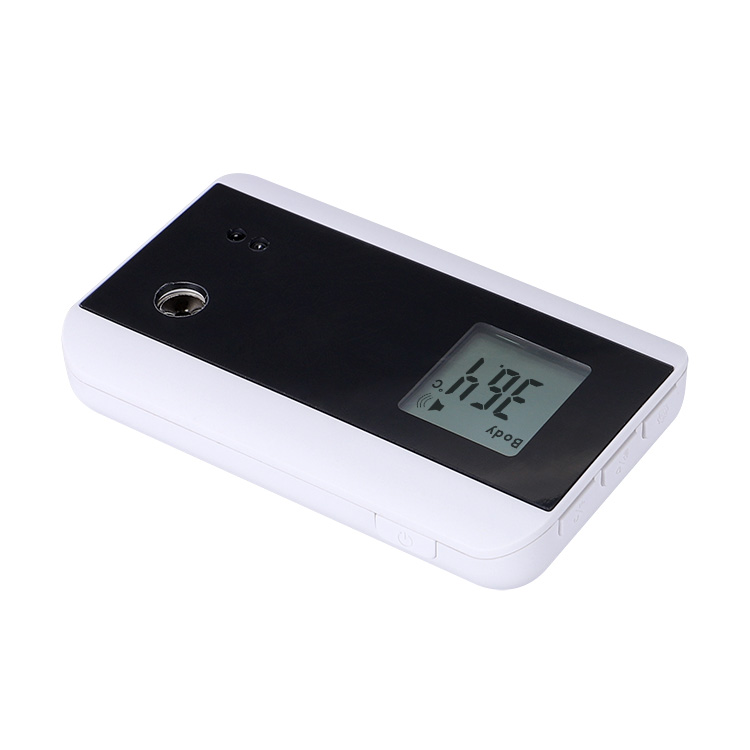
Дверной С Измерение температуры FTW03
Интеллектуальное измерение температуры дверного звонка W3 обеспечивает инфракрасное измерение температуры, звонок в дверь, и поддержка Bluetooth. Совместимость приложения для Android и прошивки доступны для загрузки. Легко запрос измерения записи и задавать параметры высокотемпературных все через приложение, легко и быстро. Интеллектуальное измерение температуры дверной звонок W3 идеально подходит для дома, офиса или магазина.
Подробнее -

Настенный термометр T3
T3 бесконтактный интеллектуальный прибор измерения температуры, с использованием передовой автоматический алгоритм коррекции температуры и последний алгоритм AI, может точно измерить температуру тела человека в режиме реального времени. Гуманизированная конструкция имеет подсказки предупреждения высокой температуры, чтобы предотвратить возможное перекрестное заражение. T3 бесконтактные интеллектуальная температура искробезопасная и просто в использовании.
Подробнее
x
 English
English 
